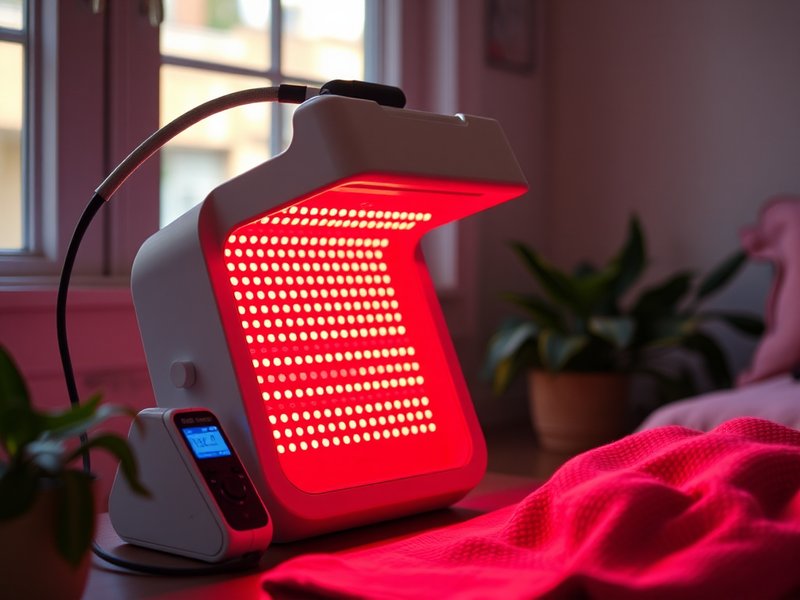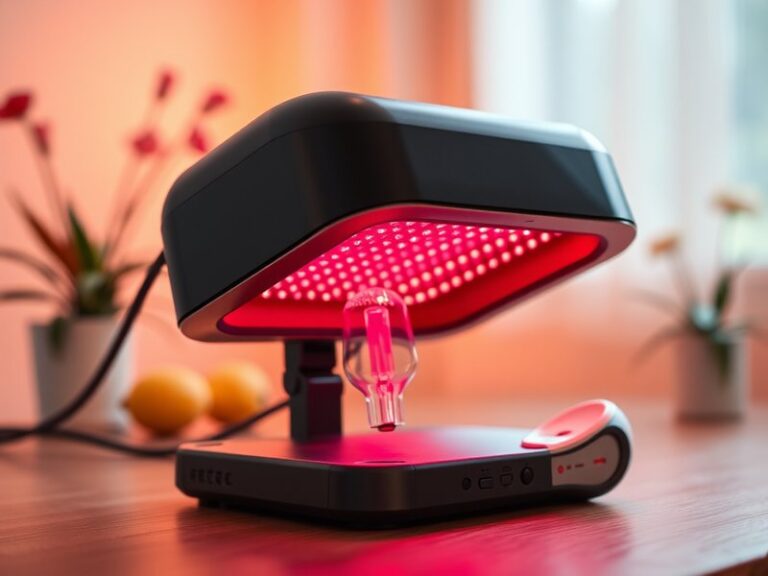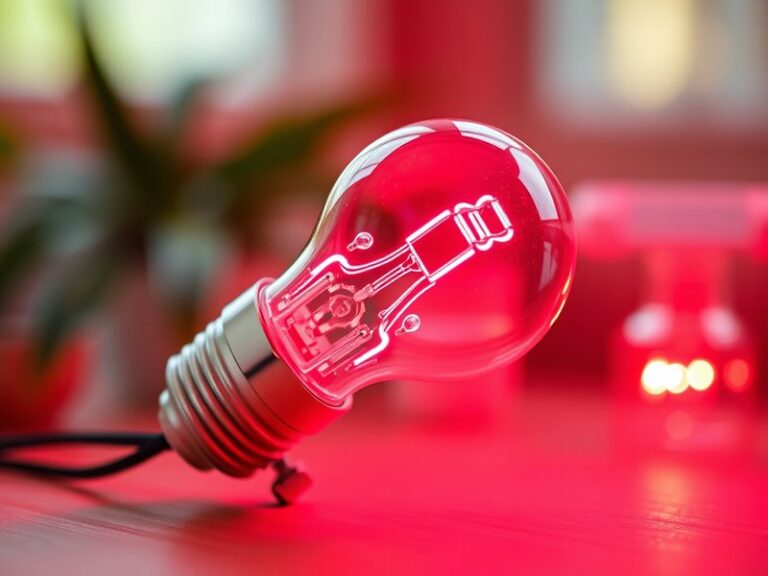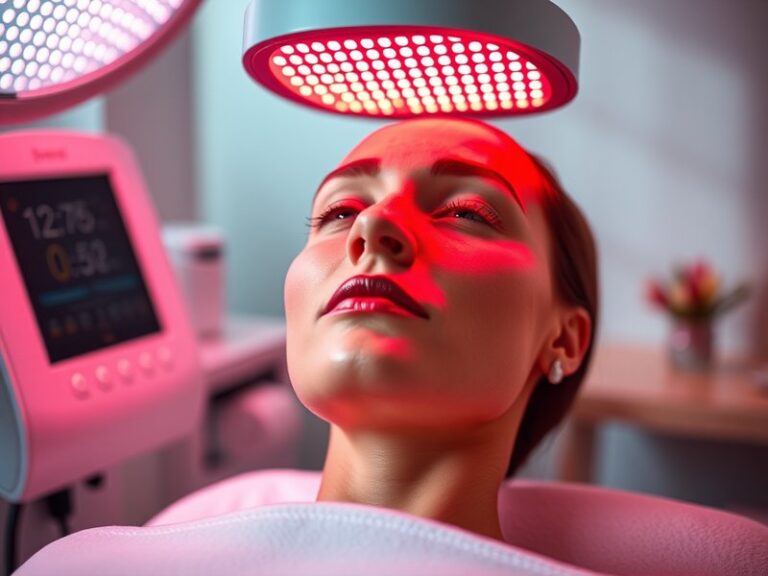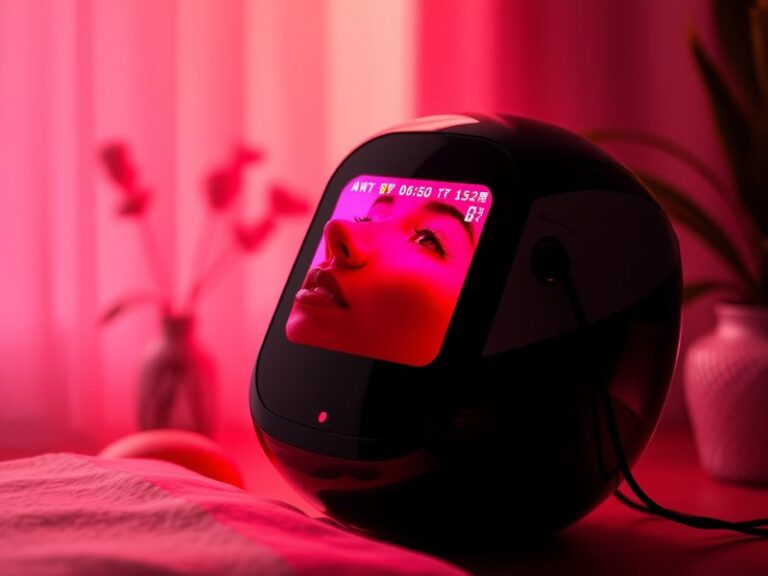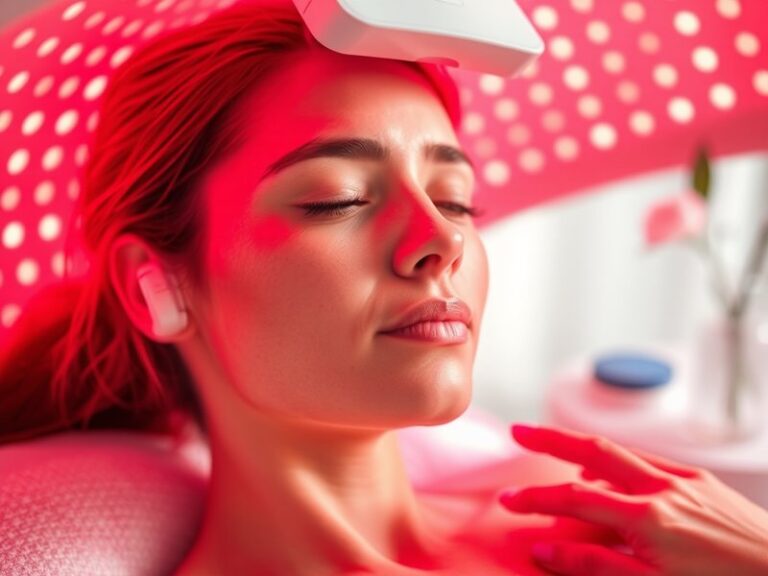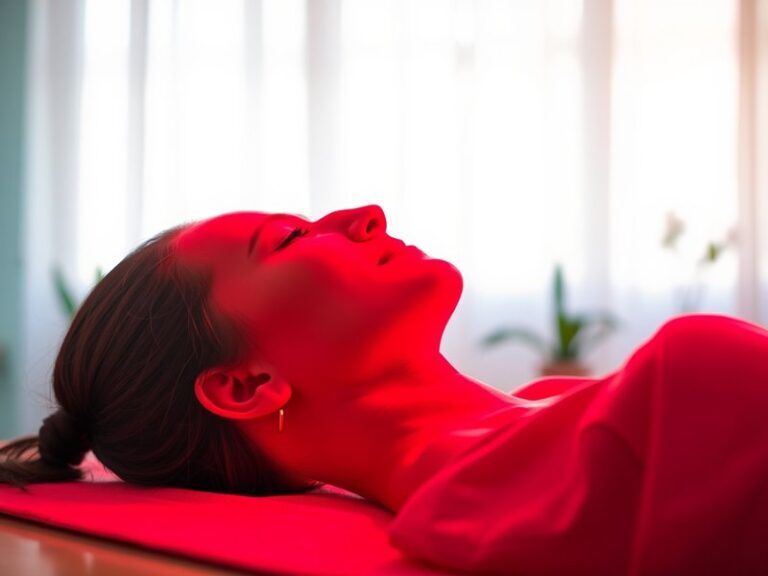How Long Should You Do Red Light Therapy At Home?
How Long Should You Do Red Light Therapy At Home?
Are you curious about how long you should be using red light therapy in the comfort of your own home?
This article will provide you with a comprehensive overview of red light therapy duration, its benefits, considerations, alternatives, and frequently asked questions. You will gain insights into optimizing your home therapy sessions for maximum effectiveness.
See our post on Red light therapy bulbs
Key Takeaways
- The recommended duration for red light therapy sessions typically ranges from 10 to 20 minutes.
- Consistency is key; daily or several times a week is often optimal for best results.
- Individual response may vary, so it’s important to listen to your body and adjust accordingly.
What is Red Light Therapy?
Red light therapy (RLT) is a non-invasive treatment that uses low-level wavelengths of red light to stimulate cellular activity. It’s commonly used for various skin conditions, muscle recovery, and anti-aging effects.
The light penetrates the skin and is absorbed by the mitochondria, the energy producers in cells. This process can enhance energy production, reduce inflammation, promote healing, and encourage collagen production.
How Does Red Light Therapy Work?
Red light therapy involves the application of specific wavelengths of light, typically ranging from 600 to 650 nanometers. This light penetrates the skin to varying depths, allowing it to influence cellular functions and promote healing.
The therapy is done using devices such as LED panels, handheld devices, or light beds, which emit this therapeutic light at controlled intensities.
What are the Benefits of Red Light Therapy?
Red light therapy offers numerous health benefits, supported by both anecdotal evidence and scientific research.
Skin Health Improvement
Red light therapy can help reduce fine lines and wrinkles, improve skin tone, and promote healing of blemishes and scars. Many individuals report a more youthful appearance with regular use.
Pain Relief and Muscle Recovery
Athletes and fitness enthusiasts often utilize red light therapy to alleviate muscle soreness and accelerate recovery after workouts. Research indicates that RLT can reduce inflammation and promote faster healing of injuries.
Improved Mood and Energy Levels
Emerging studies suggest that red light therapy may contribute to enhanced mood and energy levels by positively influencing the body’s circadian rhythms and overall hormonal balance.
Enhanced Hair Growth
For those experiencing hair thinning or hair loss, red light therapy has shown promise in stimulating hair follicles, promoting hair growth, and improving scalp health.
Is it Possible to Do Red Light Therapy at Home?
Yes, red light therapy can be easily performed at home using commercially available devices tailored for personal use. Many users prefer this due to convenience and cost-effectiveness compared to clinical treatments.
What are the Advantages of Doing Red Light Therapy at Home?
Convenience is perhaps the most significant advantage. Performing therapy at home allows for flexibility in scheduling, so you can easily integrate it into your daily routine.
Another advantage is the cost savings over time. While initial investments in devices may seem high, they can save you money in the long run compared to continuous professional treatments.
What are the Disadvantages of Doing Red Light Therapy at Home?
A potential disadvantage is the variability in device quality and effectiveness; not all home devices are created equal. It’s crucial to do thorough research to ensure your device operates within the appropriate wavelength range.
Additionally, you might miss out on expert guidance on treatment protocols, which can be particularly important for addressing specific health concerns.
What are the Things to Consider Before Doing Red Light Therapy at Home?
Before beginning your red light therapy journey at home, consider the following factors:
Session Duration
Start with shorter sessions (around 10 minutes), especially if you are new to RLT. Gradually increase the time as your body acclimates to the treatment.
Device Quality
Ensure that your device is FDA-cleared or clinically validated, and operates in the appropriate wavelength range for red light therapy. Gathering feedback from reputable sources or user reviews can help you make informed choices.
Skin Sensitivity
Pay attention to how your skin reacts to treatment. If you experience irritation or discomfort, reduce the session length or frequency. It’s essential to listen to your body’s feedback.
What are the Alternatives to Red Light Therapy?
If red light therapy isn’t suitable for you or you are interested in additional options, consider the following alternatives:
Infrared Therapy
Infrared therapy, using wavelengths beyond visible light, can penetrate deeper tissues. It can offer similar healing benefits, making it a viable option for pain relief and inflammation reduction.
Cryotherapy
Cryotherapy involves exposure to extreme cold to reduce inflammation and accelerate recovery. This method is often used by athletes and may be considered an alternative to RLT for muscle soreness.
Heat Therapy
Heat therapy, such as using heating pads or warm baths, can also provide muscle relaxation and pain relief. While it works differently than red light therapy, it offers a comforting way to manage discomfort.
See our guide on Does Red Light Therapy Boost Collagen?
Conclusion: Is it Recommended to Do Red Light Therapy at Home?
In summary, red light therapy can be a beneficial and convenient home treatment option. With recommended session durations of 10 to 20 minutes, consistent usage, and a focus on device quality, individuals can enjoy various physical and aesthetic benefits. As with any treatment, it’s essential to tailor the therapy to your specific needs and respond to how your body reacts.
Frequently Asked Questions
How often should I do red light therapy at home?
For optimal results, many people find that performing red light therapy 3 to 5 times a week works best. However, the frequency can depend on the specific benefits you aim to achieve.
Is red light therapy safe for everyone?
Generally, red light therapy is considered safe for most people. However, individuals with certain medical conditions or sensitivities should consult with a healthcare provider before starting treatment.
Can I combine red light therapy with other treatments?
Yes, many users combine red light therapy with other skin treatments or physical therapies. However, it’s advisable to discuss this with a healthcare professional to ensure there are no adverse interactions.
Will I see immediate results from red light therapy?
Some users may notice improvements after just a few sessions, while others may take several weeks to see significant changes. Consistency is key to achieving lasting results.
Can red light therapy help with acne?
Yes, red light therapy may assist in reducing acne by reducing inflammation and promoting healing, making it a valuable addition to acne treatment regimens.
